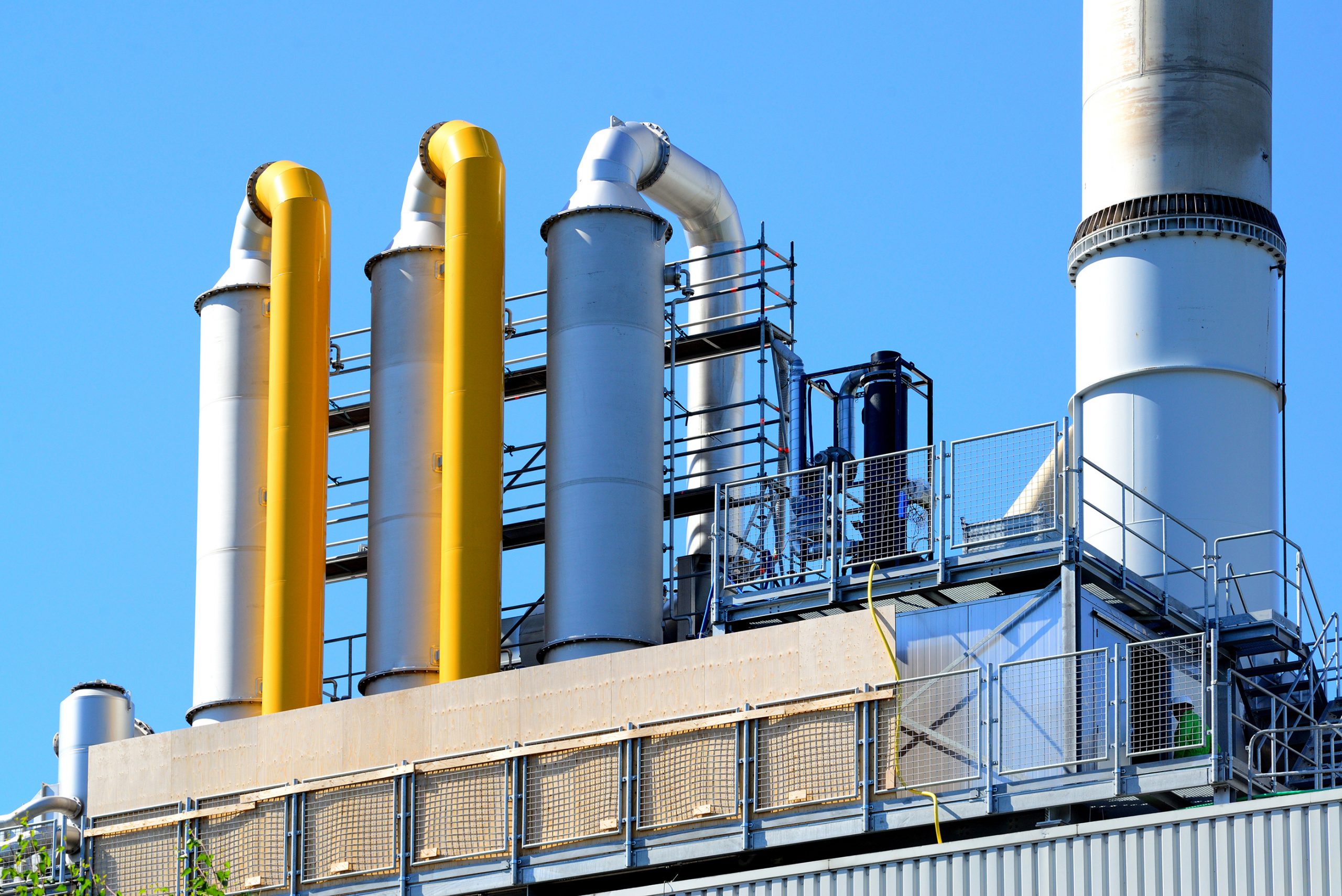Sodium Hydroxide
Flue Gas Scrubber for SO2 Absorption By MET
In sodium scrubbing, a solution of sodium hydroxide, sodium carbonate or sodium bicarbonate absorbs the SO2 from the flue gas. The SO2 reacts to form sodium sulfite and sodium bisulfite which are dissolved in solution. Part of all of the sulfites can be oxidized to form sodium sulfate. Sodium scrubbing differs from lime or limestone-based systems in that no solid waste is produced. Because of the high reactivity of the sodium alkali sorbent compared to the lime or limestone sorbents, these systems are characterized by a low liquid-to-gas ratio.
Contact
Get connected
Contact form
Complete the form below and our team will reach out to you
